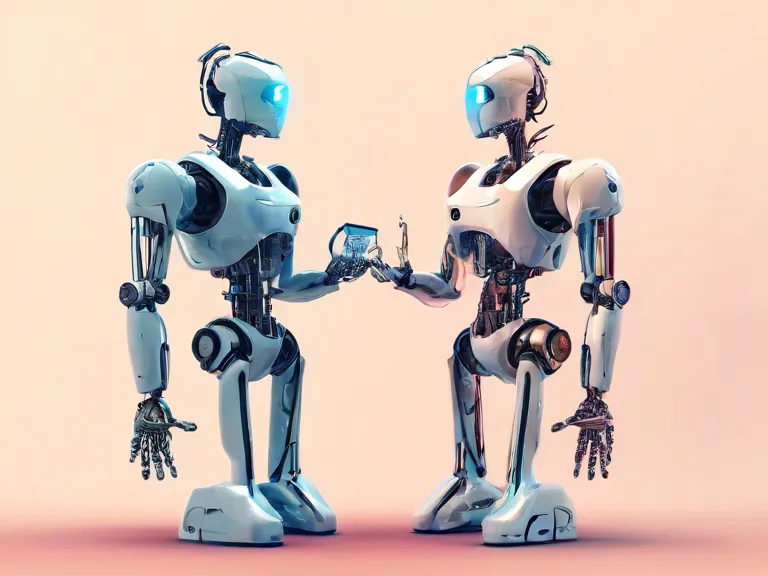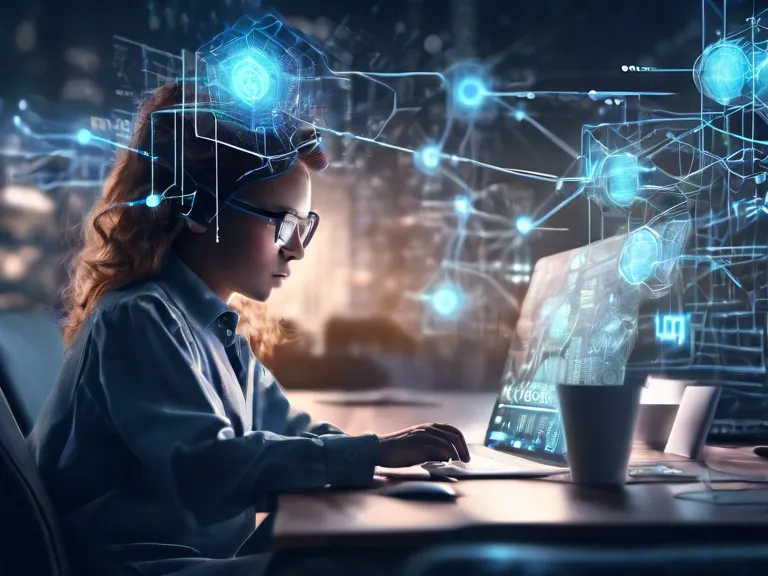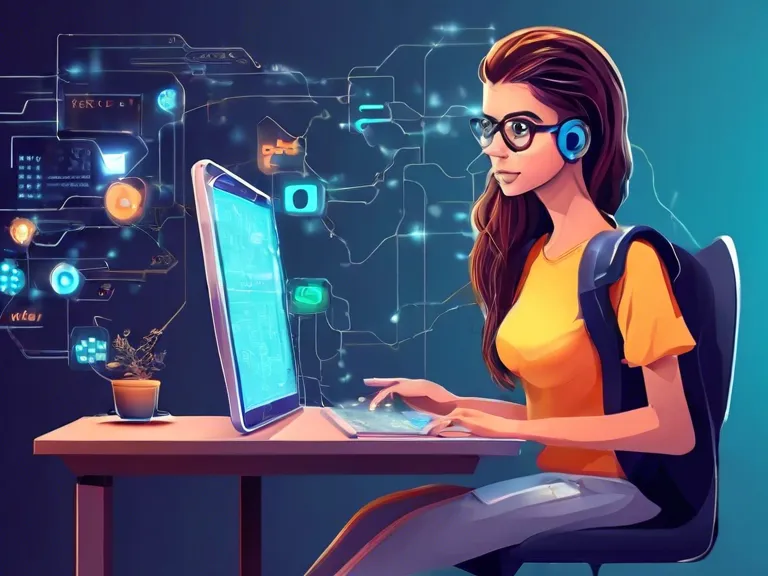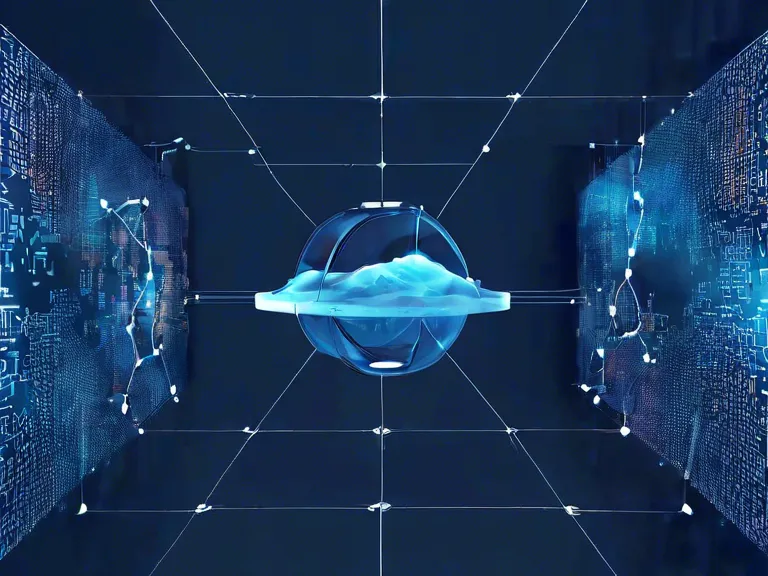
Competing with Machines: How Future Trends Are Redefining Human-Machine Collaboration
As technology continues to advance at a rapid pace, the relationship between humans and machines is evolving in ways we never thought possible. The traditional fear of machines replacing human workers is being replaced by the concept of human-machine collaboration. In this article, we will explore how future trends are reshaping the way humans and machines interact in various industries.
One of the key trends that is redefining human-machine collaboration is the rise of artificial intelligence (AI) and automation. AI-powered machines are being used in fields such as manufacturing, healthcare, and finance to perform tasks that were once done exclusively by humans. This has led to increased efficiency and productivity, but has also raised concerns about job displacement.
Another trend that is shaping the future of human-machine collaboration is the Internet of Things (IoT). With the proliferation of connected devices, humans and machines are becoming more integrated than ever before. This connectivity allows for seamless communication between humans and machines, leading to improved decision-making and problem-solving.
Augmented reality (AR) and virtual reality (VR) are also playing a significant role in redefining human-machine collaboration. These technologies are being used to enhance the way humans interact with machines, allowing for new levels of immersion and interactivity. From training simulations to design visualization, AR and VR are revolutionizing the way humans and machines work together.
In conclusion, the future of human-machine collaboration is bright and full of possibilities. By embracing new technologies and adapting to changing trends, humans can compete with machines in ways that were once thought impossible. As we continue to explore the potential of AI, IoT, AR, and VR, we will undoubtedly see new opportunities for innovation and growth in human-machine collaboration.


